If you want to experience a traditional crawfish boil, you don’t have to travel to Louisiana. In fact, you won’t even need to leave town. With the rise of shipping and receiving infrastructure, transporting live crawfish is easier now than ever before, bringing hundreds of thousands of pounds to people all over the country. If you’re one of the many Americans interested in hosting your own boil or tasting a bit of the south at home, you might be curious about the shipping and storage process. Here’s what you should know about how live crawfish get from the farm to your door.
Shipment Storage
Contrary to popular belief, live crawfish are not stored and transported in water – they will die quickly and you, the customer, will be very unhappy. Instead, they are stored in plastic mesh sacks, which can hold between 35 and 45 pounds of crawfish. There is a very logical reason for this container decisions; sacks are preferred because they prevent damage from pinching, which can happen when the crawfish are not adequately restricted.
The sacks are packed tightly enough to restrict crawfish movement, but not so tightly that the animals are crushed. When leaving the farm, crawfish are often transported in open-bed trucks under a tarp, which can keep their gills from drying out. If the crawfish are traveling greater distances by truck, they may be put in insulated vehicles, with or without refrigeration, with crushed ice to keep the animals cool and humidity high.
Shipment Process
Live crawfish are transported to coolers on their farms soon after harvest, which will keep them fresh. The sacks of crawfish are then placed in high-humidity coolers, often disposable for shipping purposes, that maintain a temperature between 38 and 46 degrees Fahrenheit. It is important to keep the kills moist while in the coolers. This is possible through periodically wetting them or by covering the sack in wet burlap or ice.
When live crawfish are shipped by air freight, as is the case in overnight deliveries, they are packed in insulated seafood shipping boxes. These contain frozen gel packs to keep the crustaceans cool. The boxes are then secured and loaded into the plane. If you are ordering crawfish during a warm weather season, they may be first cooled overnight to establish a chilled temperature and then shipped the next day.
Take note of our Affiliate Relationships that may exist with this page and companies listed on it.



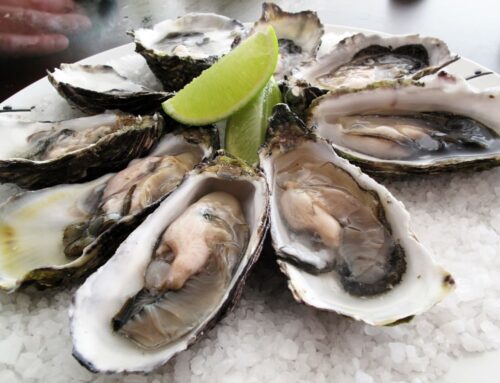
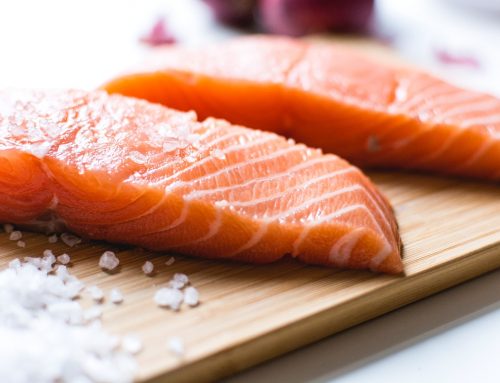
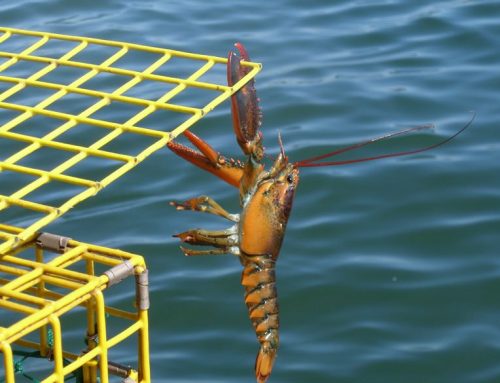
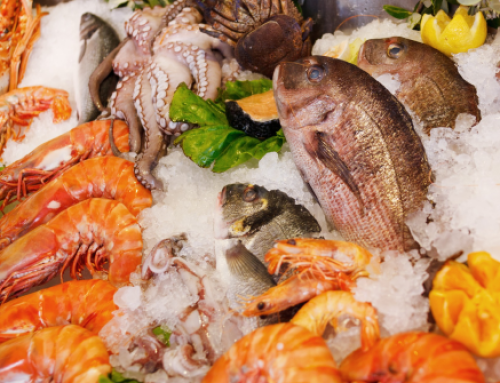
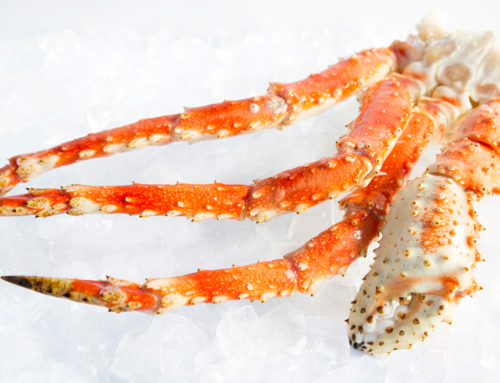
I want to order 15lb of crawfish